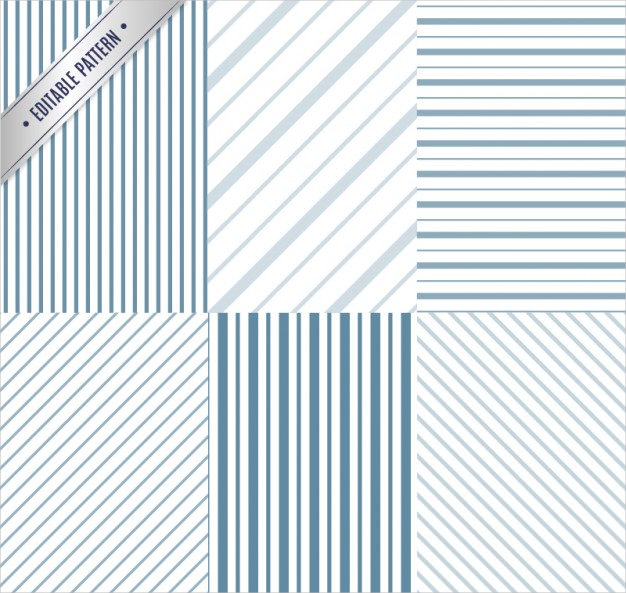

There is less risk involved by waiting for the confirming breakout. Bulls (or buyers) are then capable of pushing security prices past the resistance level indicated by the flat top line of the triangle.Īs a trader, it’s wise to be cautious about making trade entries before prices break above the resistance line because the pattern may fail to fully form or be violated by a move to the downside. Indications and Using the Ascending Triangle Patternīecause the ascending triangle is a bullish pattern, it’s important to pay close attention to the supporting ascension line because it indicates that bears are gradually exiting the market. In the event that an ascending triangle pattern forms during an overall downtrend in the market, it is typically seen as a possible indication of an impending market reversal to the upside. In many cases, the price is already in an overall uptrend and the ascending triangle pattern is viewed as a consolidation and continuation pattern. Although the price may fail to overcome the resistance several times, this does not lead to increased power for sellers, as evidenced by the fact that each sell-off after meeting resistance stops at a higher level than the previous sell-off attempt.Įventually, price breaks through the upside resistance and continues in an uptrend. Prices move to a high, which inevitably meets resistance that leads to a drop in price as securities are sold. The ascending triangle pattern forms as a security’s price bounces back and forth between the two lines. The basic interpretation is that the pattern reveals that each time sellers attempt to push prices lower, they are increasingly less successful. It is this configuration formed by higher lows that forms the triangle and gives it a bullish characterization.
Line patterns series#
The second trendline-the bottom line of the triangle that shows price support-is a line of ascension formed by a series of higher lows.

The first trendline is flat along the top of the triangle and acts as a resistance point which-after price successfully breaks above it-signals the resumption or beginning of an uptrend. This pattern is created with two trendlines.


 0 kommentar(er)
0 kommentar(er)
